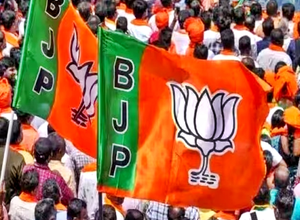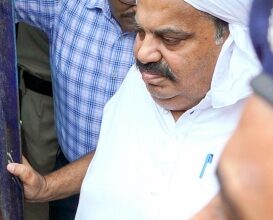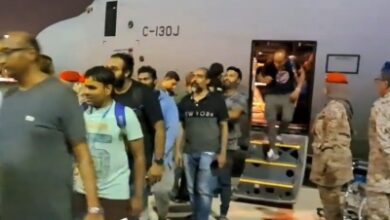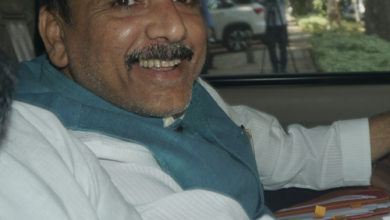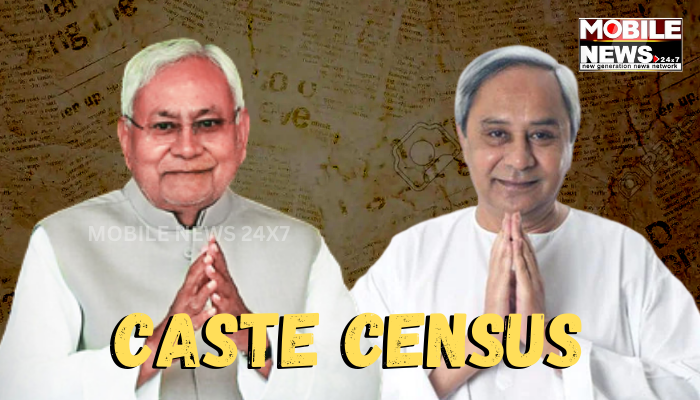
Mobilenews24x7 Bureau
Some time to go for the 2024 general elections the political turmoil has started over the much delayed caste based census. Even though the Centre (under NDA) has shown scant regard as of now, some states have shown a visible interest.
States like Bihar, being on the forefront, now Odisha has shown interest for taking ahead the census exercises. Some time back chief minister of Bihar Nitish Kumar had even approached the PM on this issue( caste based census) but the latter had refused to get into that exercise.
So the exercise due in 2021 could not be conducted for the pandemic then in its worse phase, so the census, as per the Census Act 1948, was remained halted.
Even after the pandemic over but the Centre has not shown its inclination as on date hence pushing the issue almost to the back-burner.
“The intent of the Government for conducting Census 2021 was notified in the Gazette of India on March 28, 2019. Due to the outbreak of the COVID-19 pandemic, the Census 2021 and the related field activities have been postponed until further orders,” Nityanand Rai, Minister of State for Home Affairs, told the Parliament in February.
However, that was the situation where the states such as Bihar and Odisha wanted for a new opening.
It may be recalled that, the legendary politician of Odisha Biju Patnaik had raised a pertinent issue of making Economic criteria as the basis for such reservations. But, however the issue was lost in the dins of the chaos over Mandal Commission and lost its barb.
Not to encroach on the union government’s jurisdiction, Odisha and Bihar projected their exercise to gain the political relevance.
Presently, the census enumerates the Scheduled Castes and the Scheduled Tribes. Hence, we have an accurate picture of not just their population numbers but also their socio-economic condition and educational status.
Subsequently, the second backward classes commission was set up in 1979 under the chairmanship of BP Mandal. But it was only in 1990 that the OBCs were given reservation in public sector jobs by the union government.
The differing approaches of the Union government and state governments like Bihar and Odisha towards OBC enumeration makes this point clear once again.
The last time a comprehensive caste enumeration was done, was in 1931. And interestingly, the Mandal Commission had its report basing on 1931 census, OBC population had zoomed to 52% and now it is so antique yet being thrown around as the basis for OBC numbers.
In a disappointing bottom reality, those studies are no more a match for the census. The kind of granular and comprehensive data, down to the village level that the census provides, makes it crucial for effective research and policymaking. And the census will also be able to answer that most vexed question – what is the exact population of the OBCs?
Once the surveys in Bihar and Odisha make the exact population of the OBCs clear, the calls for proportionate reservation to them will likely get louder as there will be concrete data to back up their demand.
Also, since the census will show the socio-economic status of each caste, it could lead to adjustments in the OBC list. The survey may reveal that certain castes are backward on all socio-economic indicators but are currently in the unreserved category, or vice versa. The state assemblies could be pushed to add or delete castes from the OBC list upon these findings.


